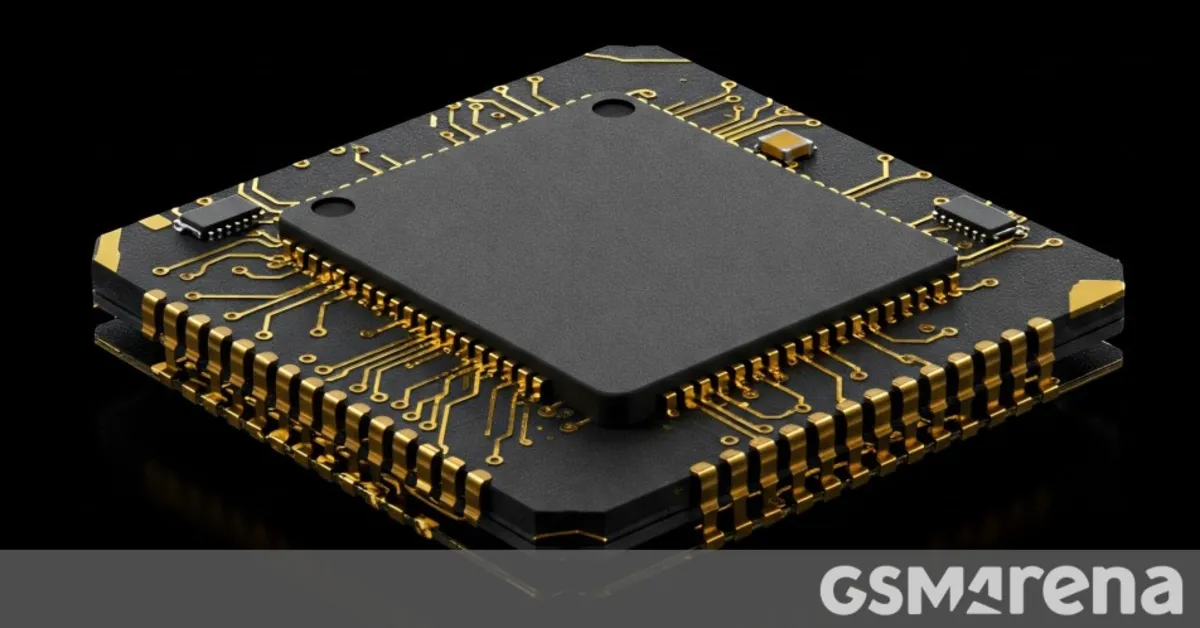
In October of last year, Qualcomm unveiled the highly anticipated Snapdragon 8 Elite chipset, setting a high standard for mobile performance. As is customary, tech enthusiasts expected the successor, tentatively named Elite 2, to be announced this coming October. However, recent rumors originating from China suggest that the launch of the next Elite chipset could take place as early as late September.
Following the rumored announcement in late September, devices equipped with the Snapdragon 8 Elite 2 are expected to start hitting the market in October, particularly in China. This timeline positions the Elite 2 as a strong competitor against the upcoming iPhone 17 family, which is anticipated to be released in September. The strategic timing aims to provide Android device manufacturers with a competitive edge in the smartphone market.
Earlier leaks regarding the Elite 2's AnTuTu benchmark score indicate substantial performance improvements over its predecessor. Reports suggest that the graphics processing unit (GPU) performance will see an impressive increase of approximately 30%, while the central processing unit (CPU) performance is expected to rise by 25%. These enhancements highlight the significance of the Elite 2's release and its potential to redefine mobile performance standards.
The earlier launch of the Snapdragon 8 Elite 2 is a tactical move by Qualcomm, designed to enable Android device manufacturers to effectively compete with Apple's latest offerings. By providing cutting-edge technology ahead of the holiday shopping season, Qualcomm hopes to assist Android OEMs in boosting their sales and capturing a larger market share during this critical time.
As we approach the anticipated launch of the Snapdragon 8 Elite 2, tech enthusiasts and industry observers are excited to see how this chipset will influence the next generation of Android devices. With significant performance upgrades and a strategic release timeline, the Elite 2 is poised to make a considerable impact in the competitive landscape of smartphones.